10 Herbs You Can Grow Indoors Without Sunlight (Perfect for Low-Light Spaces)
Have a kitchen that barely sees the sun? Living in an apartment with shaded windows? You’re not alone—and the good news is, your dream of a thriving indoor herb garden doesn’t need to fade with the sunlight.
Many herbs are surprisingly resilient and can grow well indoors without direct sunlight. Whether you want to flavor your meals, enjoy the greenery, or explore a new hobby, low-light herbs are your perfect match.
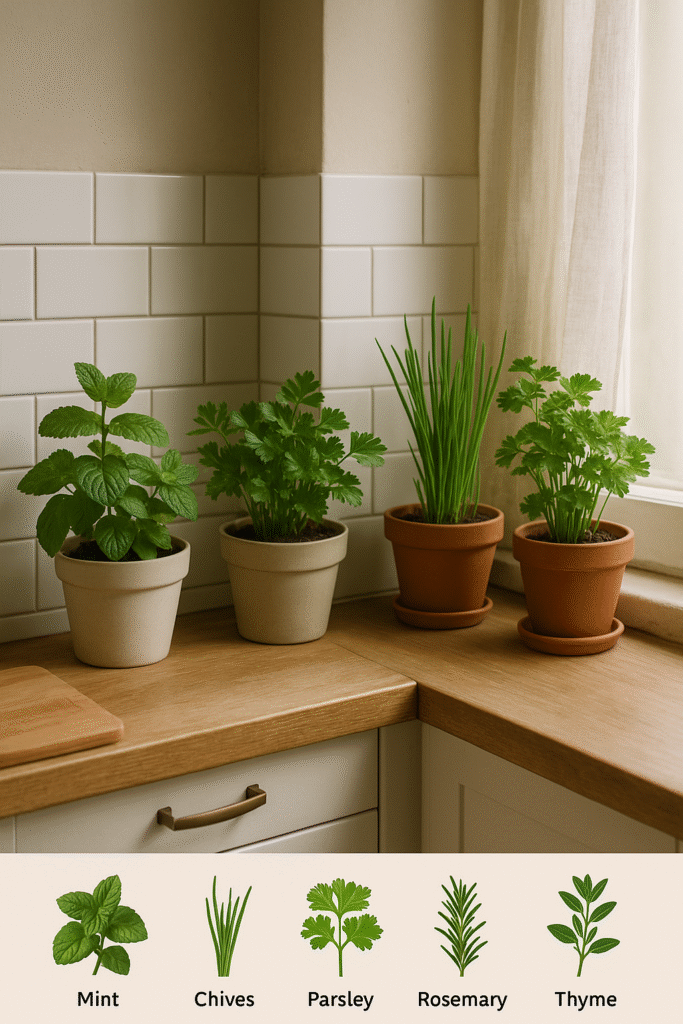
Let’s explore the best herbs for dim environments and how to care for them like a pro.
🌿 Do Herbs Really Grow Without Sunlight?
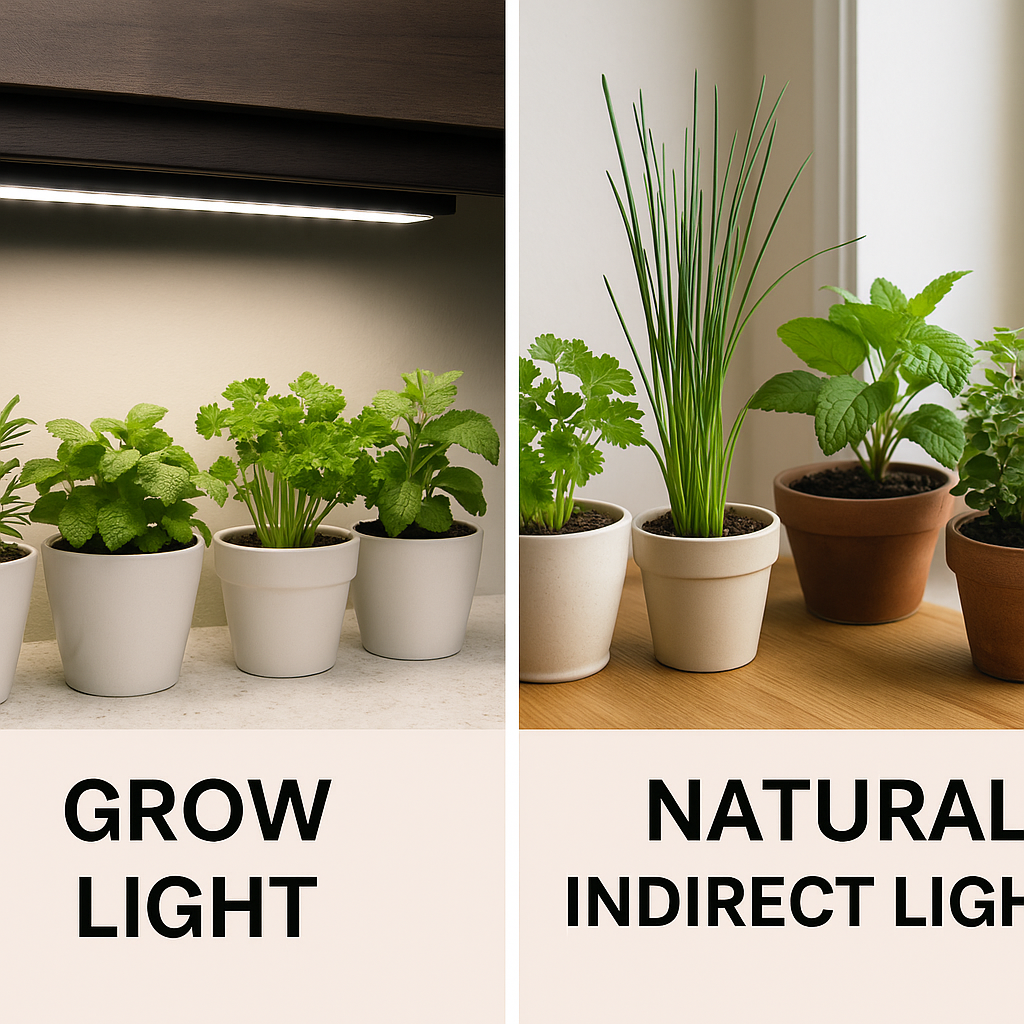
Yes—certain herbs can thrive in partial shade or even under artificial light. While herbs generally love the sun, some varieties have adapted to lower light conditions, especially if they’re native to woodlands or cooler climates.
Keep in mind:
- Indirect light (e.g., near a north-facing window) is usually enough.
- Reflective surfaces, grow lights, and smart placement can make a big difference.
- Herbs in low light may grow slower, but they’ll still flourish with proper care.
🌱 Top 10 Herbs That Grow Well Indoors Without Sunlight
Below are the best low-light champions to kickstart your indoor herb journey:
1. Mint
- Light Needs: Indirect light or shade
- Why It Works: Hardy, fast-growing, and forgiving
- Tips: Keep soil moist and contain roots—they spread fast!
- Uses: Tea, desserts, cocktails, fresh breath
2. Parsley
- Light Needs: Tolerates low to medium light
- Why It Works: Grows slowly but steadily indoors
- Tips: Harvest outer leaves first to promote growth
- Uses: Soups, salads, garnishes, detox drinks
3. Chives
- Light Needs: Moderate to low light
- Why It Works: Adaptable and perennial
- Tips: Trim regularly to encourage new stalks
- Uses: Eggs, potatoes, dips, salads
4. Cilantro
- Light Needs: Prefers bright indirect light but tolerates partial shade
- Why It Works: Fast to germinate, useful while young
- Tips: Needs cooler temperatures to prevent bolting
- Uses: Salsa, curries, Mexican and Asian dishes
5. Lemon Balm
- Light Needs: Indirect light or dappled sun
- Why It Works: Aromatic and calming
- Tips: Water consistently and prune often
- Uses: Tea, aromatherapy, baking
6. Thyme
- Light Needs: Low to moderate light
- Why It Works: Woody and drought-tolerant
- Tips: Allow soil to dry between waterings
- Uses: Roasted vegetables, poultry, stews
7. Oregano
- Light Needs: Bright indirect or filtered light
- Why It Works: Stays compact, easy to manage
- Tips: Avoid overwatering; prefers dry soil
- Uses: Italian dishes, pizza, marinades
8. Chervil
- Light Needs: Thrives in low light and cool conditions
- Why It Works: Doesn’t like heat or sun
- Tips: Water gently and avoid direct light
- Uses: Salads, egg dishes, herb butter
9. Tarragon (French)
- Light Needs: Prefers partial shade
- Why It Works: Delicate and aromatic
- Tips: Use well-drained soil and trim often
- Uses: Vinegar infusions, sauces, poultry
10. Vietnamese Coriander
- Light Needs: Thrives in shade
- Why It Works: Better than cilantro in warm climates
- Tips: Loves moisture and warmth
- Uses: Southeast Asian cooking
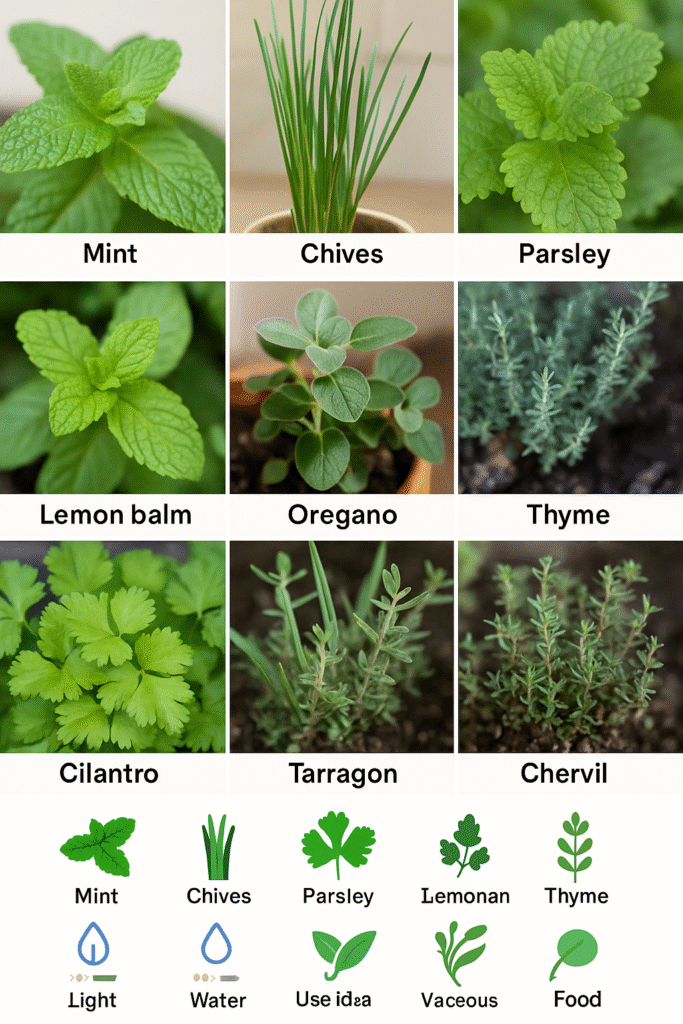
💡 Pro Tips for Growing Herbs Without Sunlight
- Reflective trick: Place a mirror or whiteboard behind your plants to bounce light.
- Rotate weekly: Turn your pots to avoid lopsided growth.
- Try LED grow lights: Affordable clamp lights or strip LEDs can replicate sunlight.
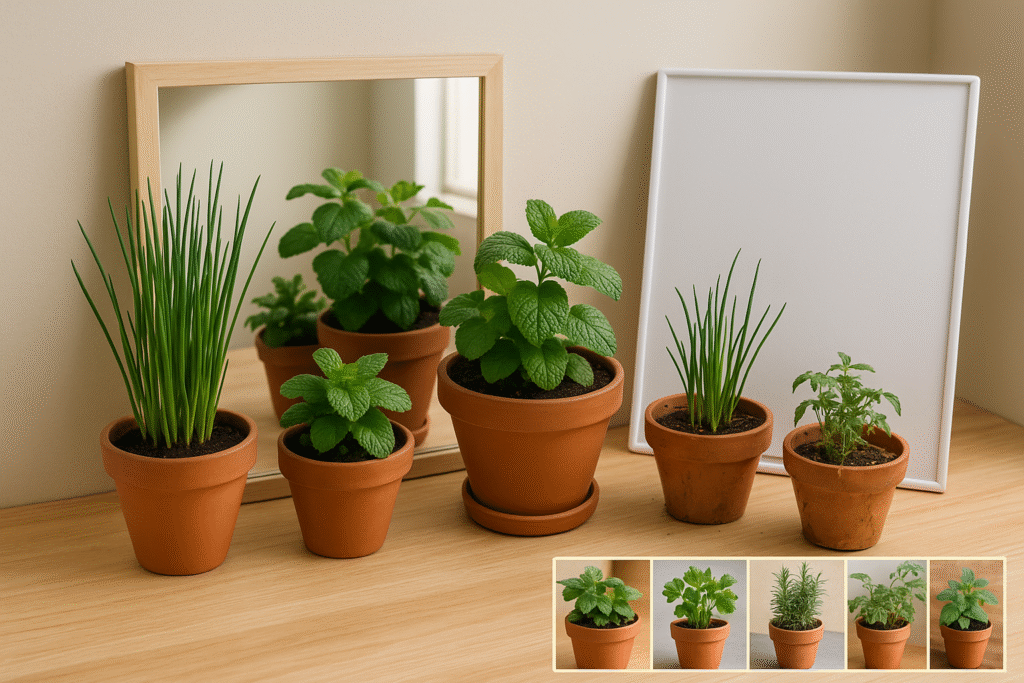
🚫 Common Mistakes to Avoid
- Overwatering – Most herbs prefer “moist but not soggy.”
- Poor drainage – Always use pots with drainage holes.
- Neglecting pruning – Regular trimming keeps herbs healthy and bushy.
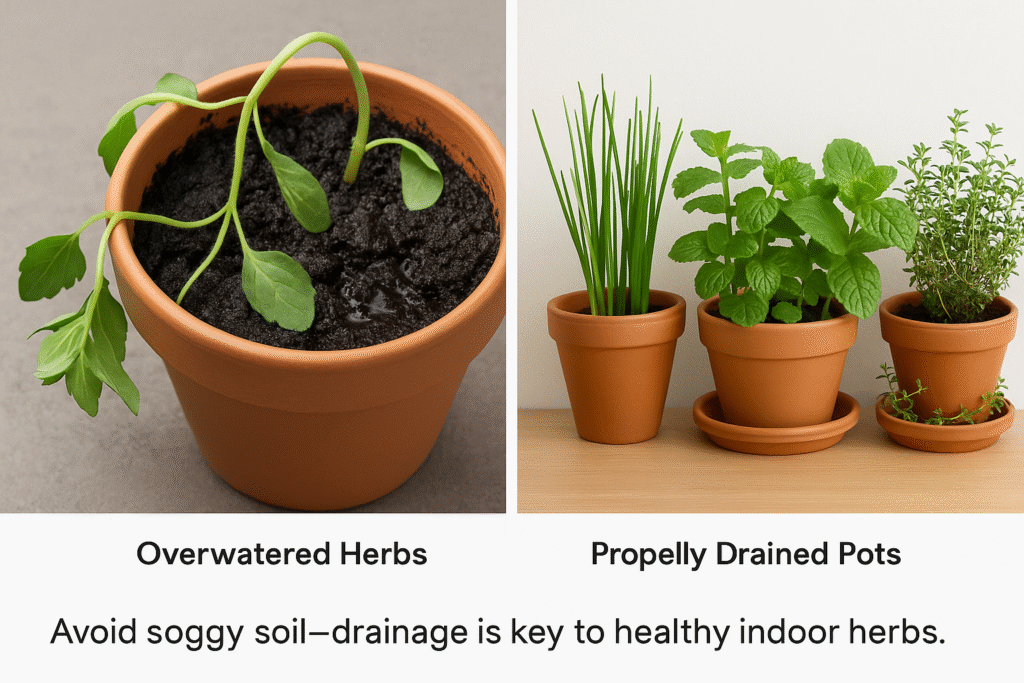
🪴 Creative Ways to Display Indoor Herbs
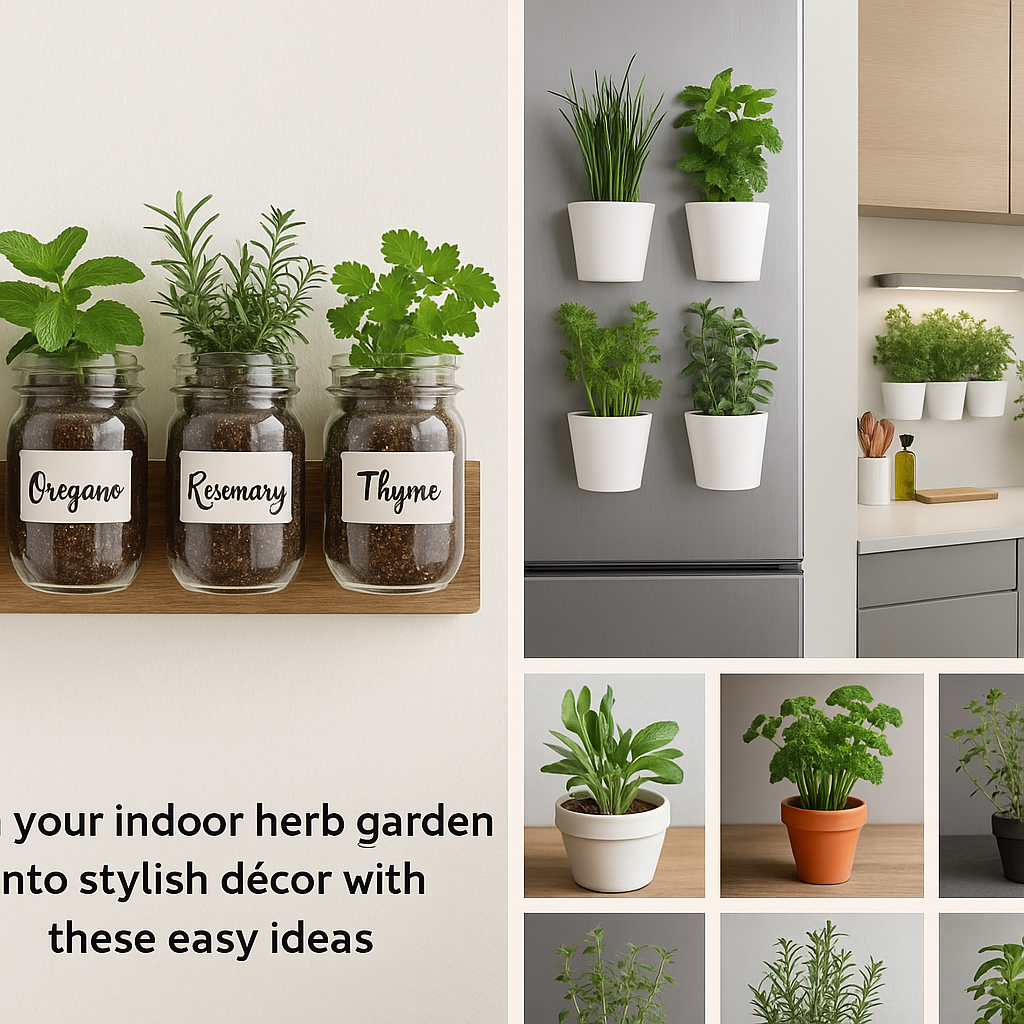
- DIY Mason Jar Wall Planters
- Rail-mounted hanging pots
- Vertical pallet gardens
- Magnetic fridge planters
- Floating shelves with trailing herbs
These options not only save space but also turn your herbs into home décor.
🏁 Final Thoughts
Just because your home doesn’t bask in sunlight doesn’t mean you can’t enjoy the flavor and freshness of homegrown herbs. From mint to thyme, these low-light heroes will thrive with just a little love and clever placement.
So go ahead—transform that shady windowsill into your own mini herb haven!